Warming Will Increase Carbon Emissions From Lakes
Scientists show that many of the world’s millions of lakes will probably release even more carbon dioxide into the atmosphere as global temperatures increase.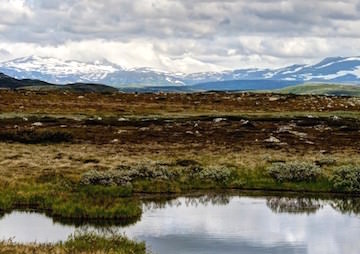
By Tim Radford / Climate News Network
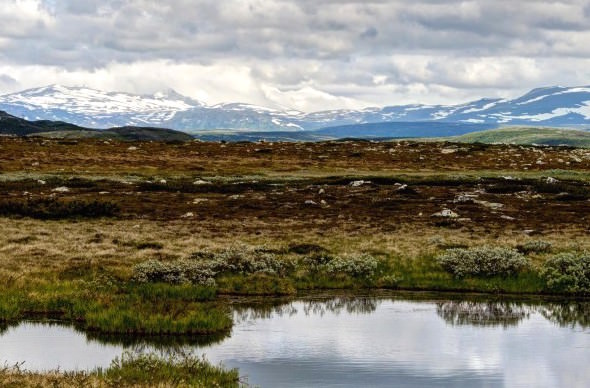
A cloudy backdrop to a small mountain lake in Sweden. (Alexander Cahlenstein)
This Creative Commons-licensed piece first appeared at Climate News Network.
LONDON — European scientists have just identified another great emitter of the greenhouse gas carbon dioxide — and the guilty party is that standing body of water known as a lake.
The world’s 117 million or so lakes together release about a quarter as much carbon dioxide into the atmosphere as humans do by burning fossil fuels, according to new research.
The difference is that the carbon dioxide comes mostly from natural, renewable sources and is part of a natural cycle. Humans have survived — and one day will again — without fossil fuels, but they cannot survive without lakes.
Carbon cycle
So the study in Nature Geoscience by Gesa Weyhenmeyer, an ecologist at Uppsala University in Sweden, and colleagues from Denmark, the Netherlands and Brazil is another piece of basic research that adds to human understanding of how the carbon cycle works.
It is also another piece of information available to climate scientists as they try to model the impact of increasing levels of atmospheric carbon dioxide on the planet’s climate.
That is because, as the world warms, many of the world’s lakes will probably release even more of the greenhouse gas to the atmosphere.
“There is considerable risk that carbon dioxide emissions from lakes and water courses will increase as the climate warms up.”
Carbon dioxide in lakes, marshes, reservoirs and ponds comes from two sources: from micro-organisms that make a living in the water, and from the soil and rock around the water.
Professor Weyhenmeyer and her fellow scientists decided to take a closer look at the process in 5,118 lakes in Sweden.
They already knew the levels of alkalinity and acidity and the temperatures of each, and they measured the surface water concentrations of dissolved CO2 and the levels of release to the atmosphere in autumn. In short, they considered the lakes as wet chimneys.
They found that emissions varied with concentration, local temperature and the way the land around the lake was used. They also established that, in most cases, the greater part of carbon dioxide came not from living organisms but from material and nutrients that had been washed into the lake from the surrounding catchment area.
Highest emissions
The smaller lakes with the highest dissolved carbon and phosphorus, and the longest ice-free seasons, had the highest emissions. They could release twice as much as the comparable lakes in the colder and more densely forested regions of Sweden, and were very like emissions from lakes further south in the subtropics and tropics.
The take-home message is that as agriculture expands, and the planet continues to warm, the still waters of 100 million lakes will respond by releasing more of the gas that in turn adds more warming. Engineers call this process positive feedback.
“There is considerable risk that carbon dioxide emissions from lakes and water courses — especially those in northern Scandinavia, Canada and Russia — will increase as the climate warms up,” Professor Weyhenmeyer says. “And it is in these areas that most of the lakes are located.”
Your support matters…Independent journalism is under threat and overshadowed by heavily funded mainstream media.
You can help level the playing field. Become a member.
Your tax-deductible contribution keeps us digging beneath the headlines to give you thought-provoking, investigative reporting and analysis that unearths what's really happening- without compromise.
Give today to support our courageous, independent journalists.

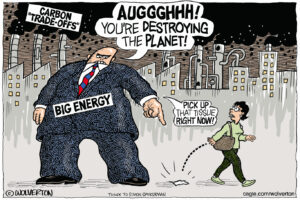


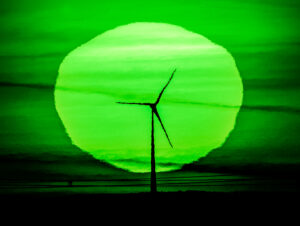
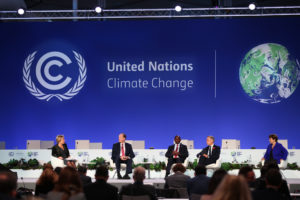
You need to be a supporter to comment.
There are currently no responses to this article.
Be the first to respond.